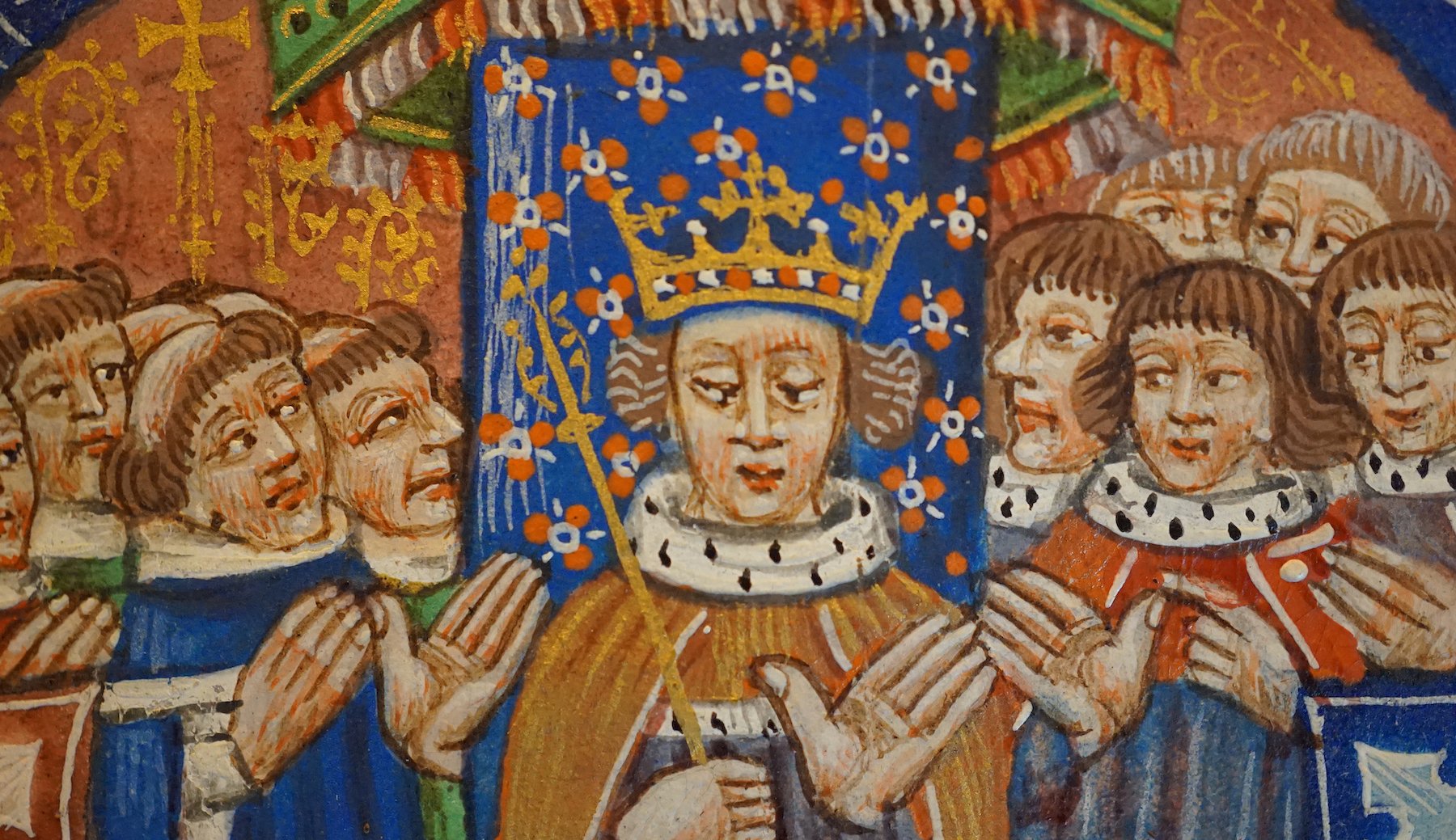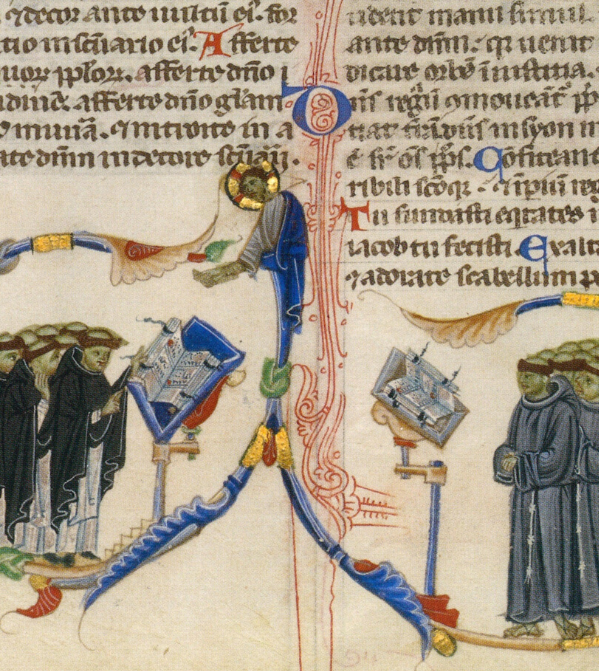FELLOWSHIPS FOR RESEARCH AND STUDY
AT THE GENNADIUS LIBRARY 2023-2024
DEADLINE: JANUARY 15, 2023
The American School of Classical Studies at Athens is pleased to announce the academic programs and fellowships for the 2023-2024 academic year at the Gennadius Library. Opened in 1926 with 26,000 volumes from diplomat and bibliophile Joannes Gennadius, the Gennadius Library now holds a richly diverse collection of over 146,000 books and rare bindings, archives, manuscripts, and works of art illuminating the Hellenic tradition and neighboring cultures. The Library is an internationally renowned center for the study of Greek history, literature, and art, from the Byzantine period to modern times.
CONSTANTINE AND GEORGE MACRICOSTAS FELLOWSHIP: For Ph.D. candidates and recent Ph.D.s (within the last 5 years), of any nationality, for work in the Gennadius Library for the full academic year. Research must focus on the role of the Eastern Orthodox church in the broader history of Hellenism. Stipend of $11,500 plus room and board at Loring Hall, and waiver of School fees.
DEADLINE: JANUARY 15, 2023.
COTSEN TRAVELING FELLOWSHIP FOR RESEARCH IN GREECE: Short-term travel award of $2,000 for senior scholars and graduate students, for work at the Gennadius Library. Open to all nationalities. At least one month of residency required. School fees are waived for a maximum of two months.
DEADLINE: JANUARY 15, 2023.
KATHRYN AND PETER YATRAKIS FELLOWSHIP: For Ph.D. candidates and recent Ph.D.s (within the last 5 years), of any nationality, for work in the Gennadius Library for the full academic year. Stipend of $11,500 plus room and board at Loring Hall, and waiver of School fees.
DEADLINE: JANUARY 15, 2023.
THE M. ALISON FRANTZ FELLOWSHIP: For Ph.D. candidates and recent Ph.D.s (within the last 5 years) from colleges or universities in the U.S. or Canada, for work in the Gennadius Library for the full academic year. Stipend of $11,500 plus room and board at Loring Hall, and waiver of School fees.
DEADLINE: JANUARY 15, 2023.
SCHWARZ FELLOWSHIP AT THE GENNADIUS LIBRARY FOR RESEARCH ON MUSIC: Career musicians, or researchers who are currently Ph.D. candidates or have received their Ph.D. within the last 5 years, of any nationality, engaged in research on music that focuses on cultural interactions in the Mediterranean world broadly defined. Stipend of $11,500 plus room and board at Loring Hall for the academic year, and waiver of School fees.
DEADLINE: JANUARY 15, 2023.
SCHWARZ FELLOWSHIP AT THE GENNADIUS LIBRARY FOR RESEARCH ON URBAN ARCHITECTURE: Practicing architects, or researchers who are currently Ph.D. candidates or recent Ph.D. holders (within the last five years), of any nationality, engaged in research on architecture, urban planning, and the history of the built environment in Greece from 1821 to the present. Stipend of $11,500 plus room and board at Loring Hall for the academic year, and waiver of School fees.
DEADLINE: JANUARY 15, 2023.
MEDIEVAL GREEK SUMMER SESSION AT THE GENNADIUS LIBRARY,
SUMMER 2023: Graduate students and university professors in any field of late antique, post-antique, Byzantine or medieval studies at any university worldwide. Month-long program in intermediate level Medieval Greek language and philology at the Gennadius Library, with site and museum trips. Up to twelve scholarships available.
DEADLINE: JANUARY 15, 2023.
For more information: Fellowship Information Flyer





















